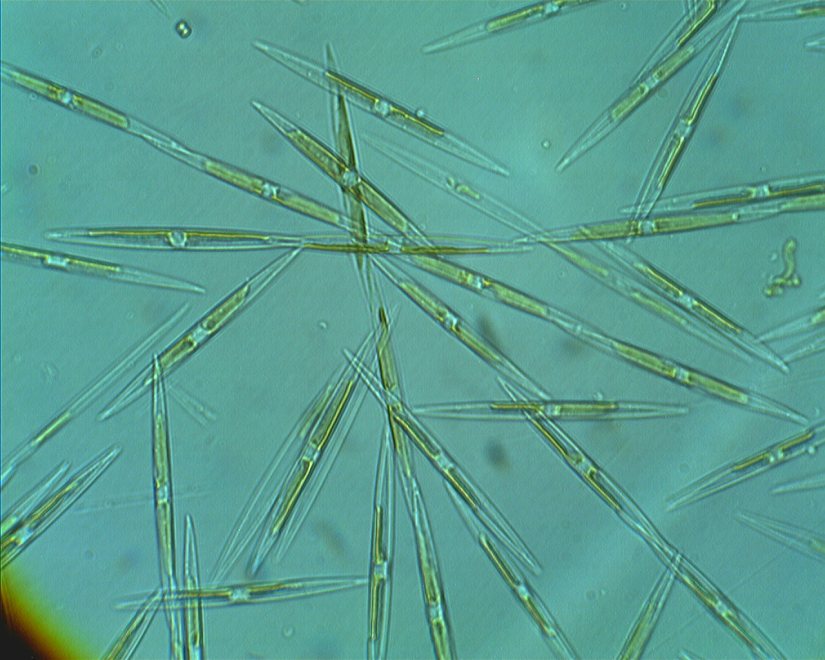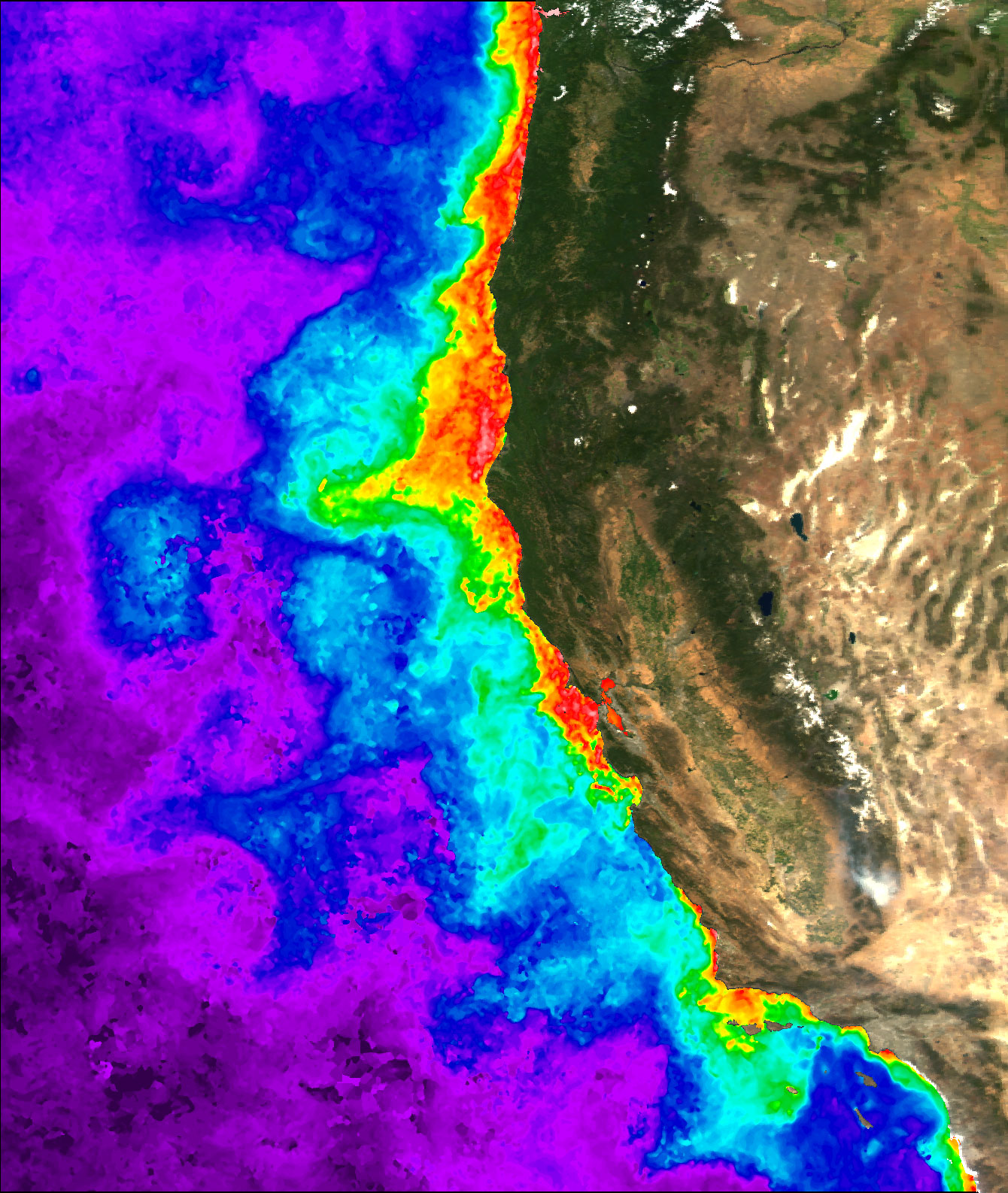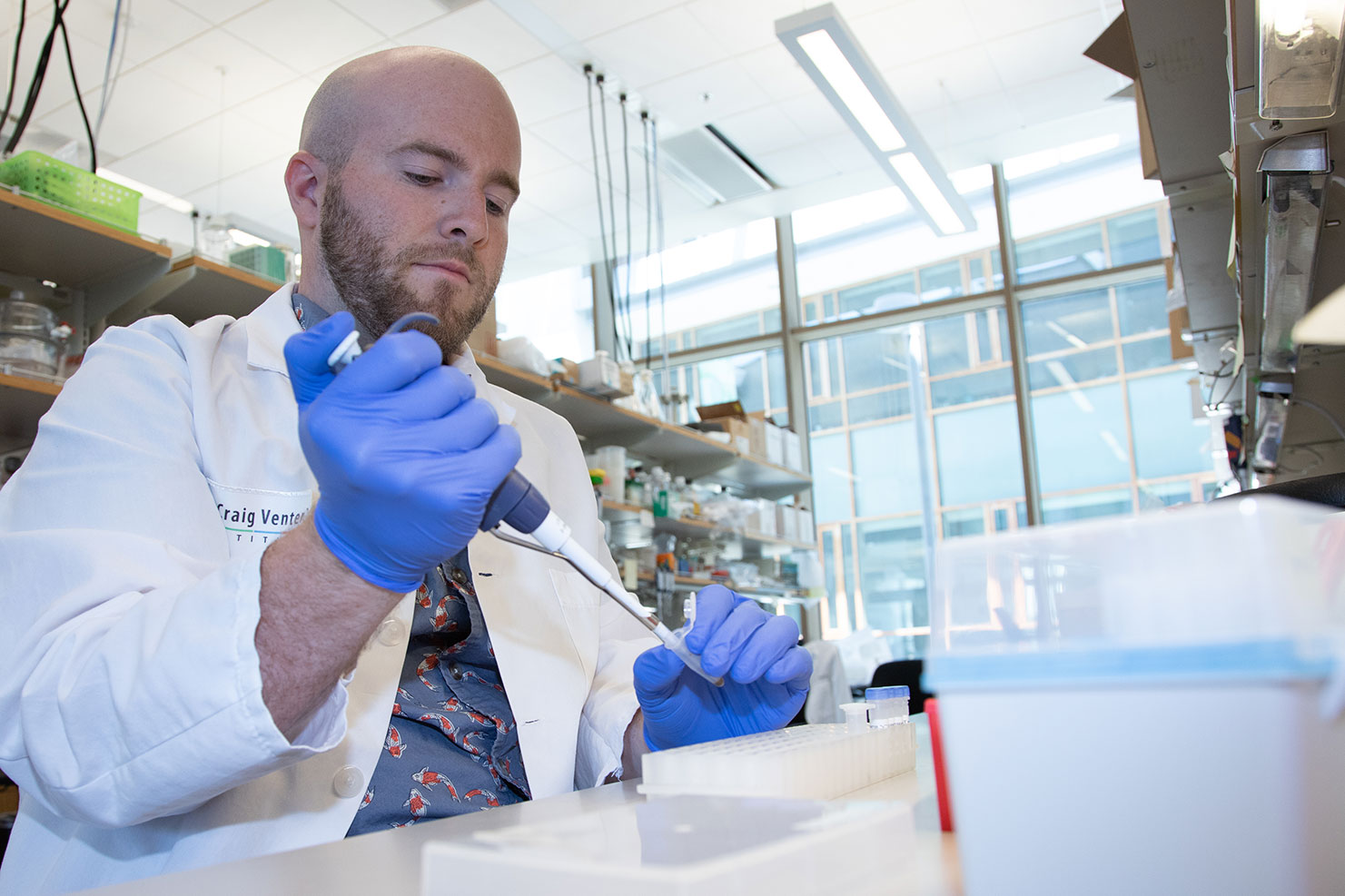Scientists Discover Genetic Basis for Toxic Algal Blooms
Scientists from the J. Craig Venter Institute (JCVI) and Scripps Institution of Oceanography at the University of California San Diego have discovered how certain types of algal blooms become toxic, producing a harmful substance known as domoic acid.

Harmful algal blooms cause significant economic and environmental damage to coastal communities around the world. These blooms occasionally produce toxins that can sicken marine mammals and can threaten human health when the toxins accumulate in seafood. A high-dose exposure to domoic acid, produced by a type of phytoplankton known as diatoms in the genus Pseudo-nitzschia, can lead to amnesic shellfish poisoning, a potentially fatal condition characterized by seizures and short-term memory loss.

This type of microalgae is noteworthy because in the summer of 2015 it caused the largest harmful algal bloom ever recorded off the West Coast of North America, from Alaska to Santa Barbara, and resulted in the closure of fisheries and crabbing seasons to protect consumers from potential shellfish poisoning.

“Understanding how algae blooms become toxic and what conditions cause that is critically important,” says Hedy Edmonds, a program director in the National Science Foundation’s Division of Ocean Sciences, which partially funded the research. “This study offers a possible tool for monitoring algae blooms and predicting the production of toxin before it occurs.”
JCVI researchers involved in this study include Andrew Allen, Patrick Brunson, John McCrow, Erin Bertrand, and Vince Bielinski.